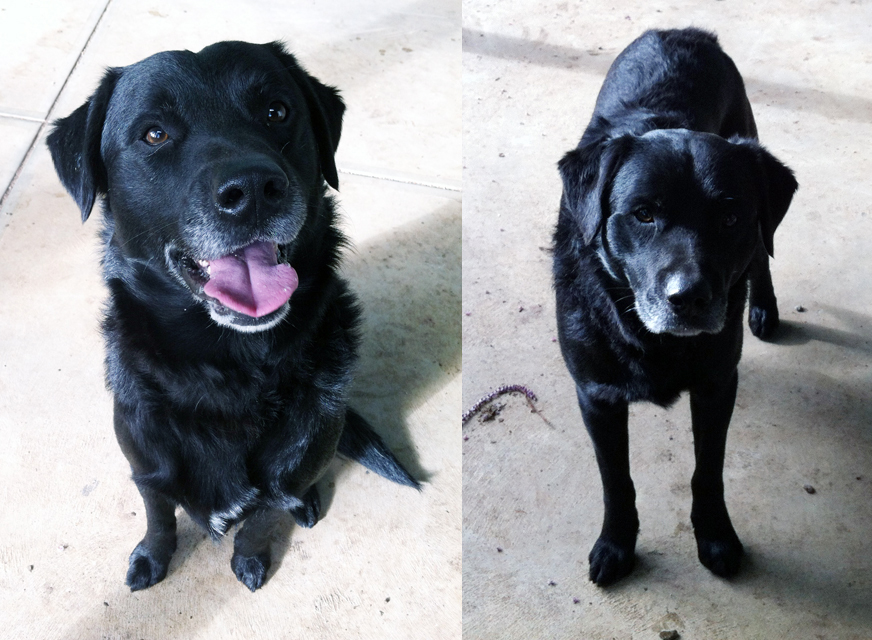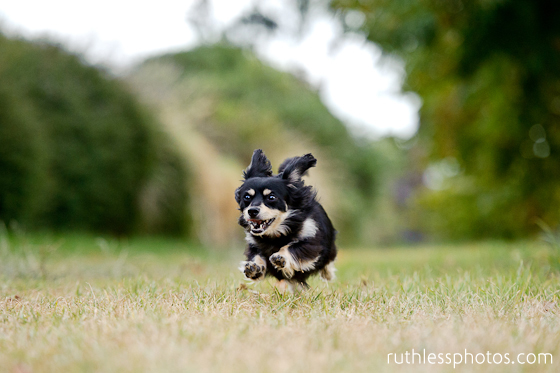Going Rawr! for Fussy Eaters
I am a long time advocate of raw food diets, and was excited when approached by Maggie Rhines’ regarding her new book Going Rawr! Dog Lover’s Compendium.
In his book, Maggie explains how some picky eaters may struggle to make the change to a raw food diet. But you know you need to persevere because it’s for the good of your dog. Fortunately, there are some tips out there that will help you help your dog adjust to this new and healthier diet.
Here are 7 tips from Maggie’s book to help you encourage your picky eater onto raw food:
1. Adjust your feeding schedule.
Having a set feeding time can encourage dogs to eat, setting them up for the habit of eating at a set time. This means that their digestive juices get flowing (in a Pavlovian, classical conditioning way) and you will also know that your dog is definitely hungry by this time. Dogs have also developed to exercise before a meal (i.e. ‘hunt first’ then eat), so a jog or run before a meal can sometimes help a dog to build up their appetite.
2. Regulate how much food your dog is getting.
If your dog is regularly leaving some of their meal in their bowl, then you may be feeding them too much. You may need to reconsider how much you are feeding. The dog might also be in a habit of leaving food. One way to help your dog finish his food and finish it quickly is to set a certain amount of time for them to eat. Say you only give them 20 minutes to finish their food. After that, take away his food bowl. That way, he’ll be encouraged to eat his food and to finish it quickly. You could also have a look at Sue Ailsby’s teaching a dog to eat guide, to break any bad-eating habits your dog may have. Removing food after 20 minutes or so also prevents the raw food going off – obviously not desirable!
3. Lay off on the treats.
If your dog is often disinterested in their meals, maybe they are getting too many treats and snacks in between meals. If you cut out these treats, it may increase the dog’s appetite and make them more keen to eat raw. If you are the type to do a lot of training with your dog, make your raw meal into the training treats, or switch to play-based rewards for a week or two, could help encourage your dog’s appetite.
4. Variety is the spice of life.
Some dogs respond well to variety. The joy of raw food is that it is quite varied naturally! Planning a varied meal doesn’t have to be complicated. You can rotate his meals every 3 days. Serve different kinds of meat or different kinds of fruits and vegetables to keep him excited during meal times.
5. Make it fun.
Sometimes dogs enjoy the packaging of a meal more than the meal itself! Dogs that are used to using food toys, like Kongs, may be inclined to extract raw food from these toys as well. Some dogs may be inclined to get stuck into a raw bone or carcass if you were to drag it around or use it as a lure or tug toy first. If your dog is used to receiving food treats in training, start using raw food as training treats. These are all fun-based strategies that could work to getting your dog to try the new food.
6. Maybe he’s not feeling well.
When you’ve tried different methods and your dog is still not eating, it could be a sign that your dog is not feeling well. If his lack of appetite is accompanied by a general lack of interest in any activity, a vet check may be in order.
7. Do the slow switch method.
Some dogs just need more time to adjust to raw food diet especially after being so used to a different type of food for a long time. To help a smooth transisition, you may like to mix some of the old diet in with the new diet, and gradually increase the proportion of the new diet, until the new diet is fed exclusively. This method has the extra benefit of reducing the incidence of upset tummies as a result of a diet change.
Introducing the raw food diet to your dog isn’t always as easy as just giving him raw meaty bones to munch on. There are a lot of things to consider, especially if your dog is the sensitive/picky eater type.
To learn more about switching raw, be sure to check out Maggie Rhines’ Rawr! Dog Lover’s Compendium.
(Thank-you, Maggie, for your article ‘Why is it important for a dog to undergo detoxification before switching to raw?‘, in which a reciprocal link was provided. Thanks!)






